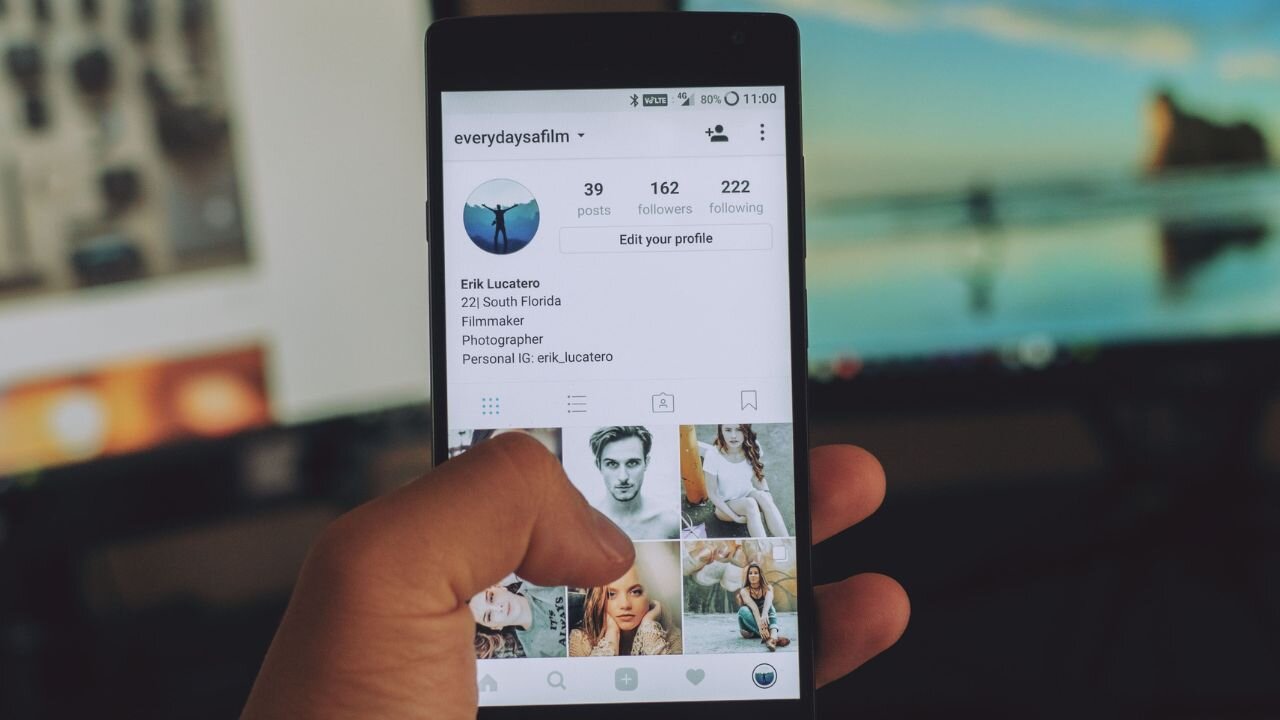Premium Only Content

Americans believe only this percentage of social media content is real
Americans believe only 37% of the content they see on social media is “real,” or free of edits, filters and Photoshop.
Between AI and “deep fake” videos — a survey of 2,000 U.S. adults split evenly by generation revealed that almost three-quarters (74%) can’t tell what’s real and what’s fake.
Americans are wary of both targeted ads (14%) and influencer content (18%) but a little more than half (52%) find themselves equally likely to question the legitimacy of either one.
And this goes beyond social media and what’s happening online, as the survey found that while 41% have more difficulty determining if an item they’re looking to purchase is “real” or “a dupe,” online, another 36% find shopping in-person to be just as challenging.
While the average respondent will spend about 15 minutes determining if an item is “real,” the genuine model or high-ticket designer piece, or a “dupe,” knockoffs of genuine items that have a lower ticket price, millennials (ages 27-42) take it a step further and will spend upwards of 20 minutes trying to decide.
Conducted by OnePoll on behalf of De Beers Group, results revealed that Americans already own a plethora of both real and dupe products.
While 33% of respondents say they only own real items, another 36% own both. Only 7% of respondents only own dupe items and 22% admit they don’t own either.
Almost half (47%) of Gen Z (ages 18-26) own a variety of each, more than any other generation.
Of the respondents who own real items, most have clothing (55%) and shoes (52%). Others have handbags or wallets (46%), fine jewelry (37%) and even makeup (33%).
Millennials are the most likely generation to own genuine fashion accessories, like belts or jackets (37%) and furniture or decor (31%).
When it comes to those who own their share of dupes, clothing still ranked at the top (45%), but handbags and wallets slid into the second spot (38%), followed by shoes (35%) and fashion accessories (31%).
Though 47% admit they’ve purchased a dupe item unknowingly, some respondents actually prefer that option.
Those reasons include a lower price tag (54%), an almost identical look (38%) and even not feeling the need to own the real item (27%).
“It’s important to note that 88% of respondents prefer to purchase items that they will get a lot of use out of,” said Sally Morrison, Director of PR for Natural Diamonds at De Beers Group. “While for some, that means sporting designer items, but for others, that means opting for the piece that they don’t mind getting damaged or ruined. It’s clear that these things perceived as either real or dupes play very different roles in their lives.”
When asked to determine whether certain things were “real”, a “dupe” or “fake,” respondents deemed GMO vegetables (35%) and cryptocurrency (42%) to be real.
However, respondents dubbed lab-grown diamonds (41%), plastic surgery (52%) and Chatbots and AI (40%) fake.
Interestingly, one-quarter of both Gen Z and baby boomers think photos that have been enhanced with color or details are dupes, more than any of the other generations.
To that same tune, millennials are almost twice as likely as any other generation to say that Chatbots and AI are real (43%).
When asked about the difference between “real” and “real-ish”, 36% of respondents believe it simply stems from the fact that the average person couldn’t tell the difference.
Others say real-ish items use some of the same materials as the real one (35%) or some real-ish items may be man-made (30%).
Over the next 10 years, seven in 10 (71%) respondents think it will be harder to determine what’s real and what’s not.
“We now live in a world where technology is successfully replicating natural items. Today, every consumer has to make their own choices based on their personal value equations— where they think it’s worth investing, and where it matters less to them,” said Morrison. “One thing seems clear though — whether it’s your meat, your makeup, or your diamonds — everyone deserves full transparency about how their products were made or sourced. In the case of diamonds, there is technology available that can easily help determine whether a diamond is lab-grown or natural. People should be able to make an informed decision about what they are putting into or onto their bodies.”
Survey methodology:
This random double-opt-in survey of 2,000 Americans split evenly by generation (500 Gen Z, 500 millennials, 500 Gen X and 500 baby boomers) was commissioned by De Beers Group between Oct. 11 and Oct. 16, 2023. It was conducted by market research company OnePoll, whose team members are members of the Market Research Society and have corporate membership to the American Association for Public Opinion Research (AAPOR) and the European Society for Opinion and Marketing Research (ESOMAR).
-
 1:22
1:22
SWNS
7 days agoResting gift face? Most fake their excitement during the holidays
221 -
 1:15:40
1:15:40
Man in America
15 hours agoThe DISTURBING Truth: How Seed Oils, the Vatican, and Procter & Gamble Are Connected w/ Dan Lyons
123K118 -
 6:46:07
6:46:07
Rance's Gaming Corner
17 hours agoTime for some RUMBLE FPS!! Get in here.. w/Fragniac
161K3 -
 1:30:48
1:30:48
Josh Pate's College Football Show
17 hours ago $10.57 earnedCFP Reaction Special | Early Quarterfinal Thoughts | Transfer Portal Intel | Fixing The Playoff
93.6K1 -
 23:55
23:55
CartierFamily
3 days agoElon & Vivek TRIGGER Congress as DOGE SHUTS DOWN Government
134K156 -
 5:43:44
5:43:44
Scammer Payback
2 days agoCalling Scammers Live
226K30 -
 18:38
18:38
VSiNLive
2 days agoProfessional Gambler Steve Fezzik LOVES this UNDERVALUED Point Spread!
162K20 -
 LIVE
LIVE
Right Side Broadcasting Network
10 days agoLIVE REPLAY: President Donald J. Trump Keynotes TPUSA’s AmFest 2024 Conference - 12/22/24
3,462 watching -
 4:31
4:31
CoachTY
1 day ago $28.83 earnedCOINBASE AND DESCI !!!!
197K13 -
 10:02
10:02
MichaelBisping
1 day agoBISPING: "Was FURY ROBBED?!" | Oleksandr Usyk vs Tyson Fury 2 INSTANT REACTION
118K16